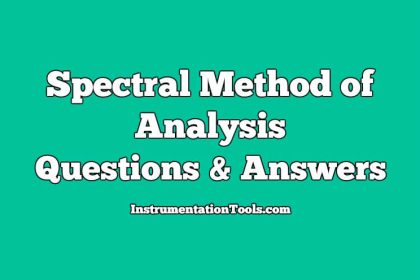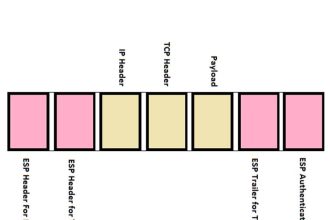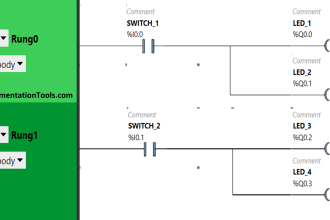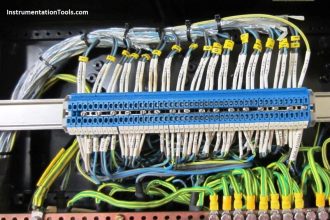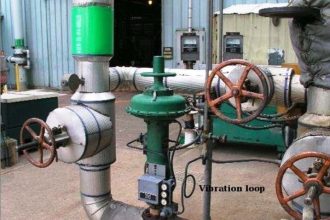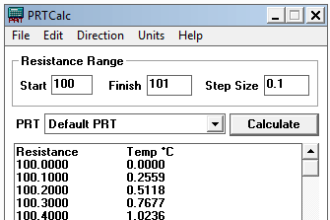Spectrum Analysis of Sampling Process
1. Statement (I): Aliasing occurs when the sampling frequency is less than twice the maximum frequency in the signal.
Statement (II): Aliasing is a reversible process.
a) Both statement (I) and Statement (II) are individually true and Statement (II) is the correct explanation of Statement (I).
b) Both Statement (I) and Statement (II) are individually true but Statement (II) is not correct explanation of Statement (I)
c) Statement (I) is true but Statement (II) is false
d) Statement (I) is False but Statement (II) is true
Answer: c
Explanation: Aliasing is an irreversible process. Once aliasing has occurred then signal can-not be recovered back.
2. A band limited signal with a maximum frequency of 5 KHz to be sampled. According to the sampling theorem, the sampling frequency which is not valid is:
a) 5 KHz
b) 12 KHz
c) 15 KHz
d) 20 KHz
Answer: a
Explanation: fs (min) =2fm
fs (min) =2*5 =10 KHz
So, fs >=1o KHz.
3. Let x(t) be a continuous-time, real valued signal band-limited to F Hz. The Nyquist sampling rate in Hz, For y(t) =x(0.5t) +x(t)-x(2t) is
a) F
b) 2F
c) 4F
d) 8F
Answer: c
Explanation: Expansion in time domain in compression in frequency domain and vice-versa. So, the maximum frequency component in given signal is 2F Hz. And according to sampling theorem.
Nyquist rate =2fm =4F Hz.
4. Increased pulse-width in the flat-top sampling leads to:
a) Attenuation of high frequencies in reproduction
b) Attenuation of low frequencies in reproduction
c) Greater aliasing errors in reproduction
d) No harmful effects in reproduction
Answer: a
Explanation: As pulse width is increased, the width of the first lobe of the spectrum is decreased. Hence, increased pulse-width in the flat-top sampling, leads to attenuation of high frequencies in reproduction.
5. A bandpass sampling extends from 4-6 kHz. What is the smallest sampling frequency required to retain all the information in the signal.
a) 1 kHz
b) 2 kHz
c) 3 kHz
d) 4 kHz
Answer: d
Explanation: fh =6 kHz
Bandwidth = 2 kHz
Fs =4 kHz.
6. A signal represented by x(t) =5cos 400πt is sampled at a rate 300 samples/sec. The resulting samples are passed through an ideal low pass filter of cut-off frequency 150 Hz. Which of the following will be contained in the output of the LPF?
a) 100 Hz
b) 100 Hz, 150 Hz
c) 50 Hz, 100 Hz
d) 50 Hz, 100 Hz, 150 Hz
Answer: a
Explanation: x (t) =5cos400πt
fm =200 Hz
The output of the LPF will contain frequencies which are less than fc =150 Hz.
So, fs-fm =300-200 =100 Hz is the only component present in the output of LPF.
7. A signal m(t) with bandwidth 500 Hz is first multiplied by a signal g(t). The resulting signal is passed through an ideal low pass filter with bandwidth 1 kHz. The output of the low pass filter would be :
a) Impulse
b) m(t)
c) 0
d) m(t)del(t)
Answer: c
Explanation: m (t) g (t)->M (f)*G (f)
After low pass filtering with fc =1 kHz, hence the output is zero.
8. An LTI system having transfer function s2+1/s2+2s+1 and input x(t) =sin(t+1) is in steady state. The output is sampled at ws rad/s to obtain the final output {y (k)}. Which of the following is true?
a) Y is zero for all sampling frequencies ws
b) Y is non zero for all sampling frequencies ws
c) Y is non zero for ws>2 but zero for ws<2
d) Y is zero for ws>2 but non zero for ws<2
Answer: a
Explanation: x (t) =sin (t+1)
w = 1 rad/s
X(s) = es/s2+1
Y(s) = es/s2+2s+1
Y (∞) =0.
9. A digital measuring instrument employs a sampling rate of 100 samples/second. The sampled input x(n) is averaged using the difference equation: Y (n) =[x (n)+x (n-1)+x(n-2)+x(n-4)/4] For a step input, the maximum time taken for the output to reach the final value after the input transition is
a) 20 ms
b) 40 ms
c) 80 ms
d) ∞
Answer: b
Explanation: Since output y depends on input, such as no delay, delay by 1 unit, and delay by 2 unit, delay by 4 unit, so it will sum all the samples after 4 Ts (maximum delay), to get one sample of y[n].
T =40 msec.
10. The sinusoid x(t) =6cos10πt is sampled at the rate of 15 Hz and applied to ideal rectangular LPF with cut-off frequency of 10 Hz, then the output of filter contains:
a) Only 10π rad/sec component
b) 10π rad/sec component
c) 10π rad/sec and 20π rad/sec components
d) +10π rad/sec and +20π rad/sec components
Answer: b
Explanation: Output filter is the device that is used to filter some frequencies and make some frequencies in the response and in this case it contains 10π rad/sec.





